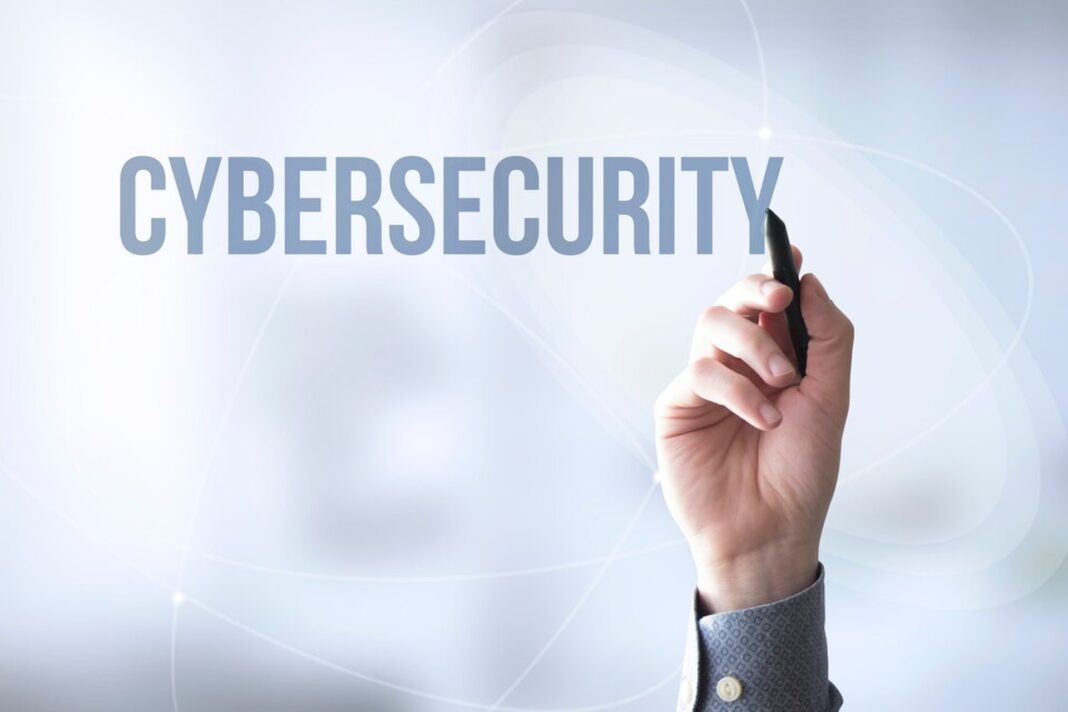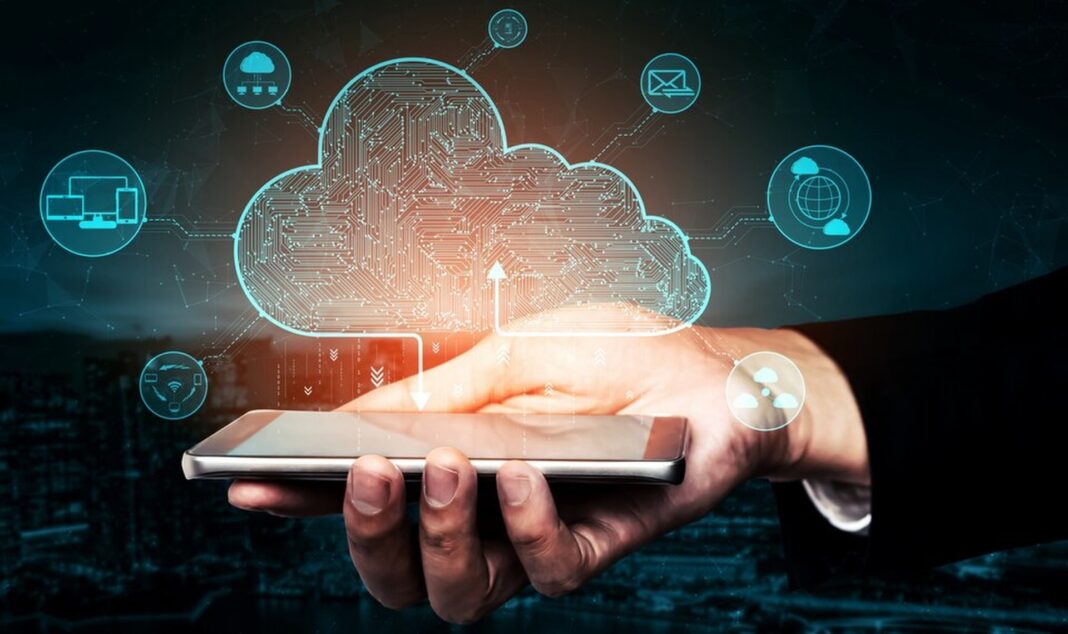Rapid technological advancement has created a complicated cyber danger network. Nearly every day vulnerabilities appear. Digital landscape changes. Hackers are smarter now. These concerns have increased with remote work and cloud computing. Businesses and individuals must change their cybersecurity strategy. In the digital era being informed and proactive is essential.
The Evolving Landscape Of Cyber Threats
Cyberthreats evolve. Cybercriminals use modern technology for evil. Attacks on networks and systems are growing more complex. The latest phishing assaults employ AI to build lifelike messages. This facilitates victimization. Others include DDoS attacks and insider threats. Ransomware assaults on key infrastructure and large corporations have increased. Devastating effects may result. Businesses risk operational interruption, financial losses and brand harm.
Companies must emphasize cybersecurity. Buying the necessary equipment and training personnel are needed. Awareness programs help people spot risks. System protection requires software upgrades and patches. Threat intelligence may reveal ongoing assaults. Understanding threat landscape changes helps firms predict and minimize risks. Cyber risks are predicted to grow. Being watchful in an ever changing climate is crucial.
Key Cybersecurity: Trends To Watch In 2024
2024 should bring various cybersecurity developments. These changes will change how companies defend against cyberattacks. AI in cybersecurity will be important. Companies will invest in real time AI anomaly detection. Cloud infrastructure protection is expected to rise. As more firms go to the cloud, security must change. Zero trust architecture will be vital. Organizations will assume dangers may come from anywhere including inside.
Data protection laws will strengthen. Firms must follow strict rules to avoid heavy penalties. Cybersecurity insurance will become a risk management tool. Companies will recognize they must protect their assets. Cybersecurity hygiene is crucial. Training and awareness should be routine.
Endpoint security is crucial as remote work grows. Businesses must safeguard external devices. Integration of biometric identification techniques will increase. Attackers find it tougher to bypass these security measures. A proactive strategy that predicts future trends is needed to ensure security.
Understanding Ransomware: Prevention And Response
Ransomware continues to threaten businesses and people. This malware requests a payment to decrypt data. Ransomware may be devastating. Organizations might lose vital data. Companies often pay the ransom but there are no assurances. Avoiding ransomware is always best.
Companies should back up data to avert assaults. In an assault backing up important data assures availability. Strong security is also essential. Firewalls and antivirus software help prevent ransomware. Training employees to spot phishing attempts is crucial. The human mistake causes many ransomware infestations.
A solid incident response strategy is essential in case of an assault. Organizations should rapidly isolate contaminated systems. Notifying authorities may be required. Crisis communication with stakeholders is essential. Damage assessment and rehabilitation should start quickly. Organizational resilience is tested during disruptions. A proactive approach to ransomware reduces its impact.
The Importance Of Multi Factor Authentication
MFA is crucial to cybersecurity. It offers security beyond usernames and passwords. With rising cyber risks passwords are no longer enough. Users need further verification using MFA. This might be a biometric scan or SMS message code.
MFA substantially reduces unauthorized access. Without the second step cybercriminals cannot enter by using usernames and passwords. MFA is currently typical in many companies. The use of MFA may thwart assaults. Users feel more secure knowing additional protections are in place.
Although MFA improves security it should not replace other security measures. Companies must use MFA and strong passwords. Regular security training and upgrades are needed. User familiarity with MFA is crucial. Some may first find it uncomfortable. The security advantages exceed the small drawbacks.
Ai In Cybersecurity: Friend Or Foe
AI serves two roles in cybersecurity. Organizations may guard against dangers using it. AI can identify trends, abnormalities and events quicker than humans. Machine learning detects new dangers faster. These skills boost security.
Cybercriminals also use AI. Similar technologies are being used to construct increasingly complex assaults. AI generated phishing emails are tailored and persuasive. This makes them tougher to spot. AI advances the defender attacker arms race.
Understanding AI cybersecurity effects is crucial. Companies must adapt and prepare for hazards. A balanced approach with AI and human monitoring is needed. This method builds security resilience. Emphasizing human AI partnership will improve protection.
Data Privacy Regulations: What You Need To Know
Increased data privacy restrictions are needed. Laws and norms safeguard personal data. Organizations must follow GDPR and CCPA. Understanding these regulations is vital for companies. Noncompliance might result in hefty penalties.
Data privacy laws provide people with control over their data. Companies must disclose data gathering and use. People must also have access to their data. Data governance should be strong in organizations. Regular audits and evaluations are included.
Data privacy rules must be monitored. Frequently changing rules might impair compliance. Training staff on these rules informs everyone. Data protection should be ongoing. An organization’s privacy culture promotes responsibility.
How Can I Protect My Data?
Protecting personal data is crucial in the digital age. Privacy may be improved in numerous ways. Strong passwords are the first defense. Combining letters, numbers and symbols makes passwords tougher to hack. Multi factor authentication boosts security. Awareness matters. Unsolicited emails should be avoided. You may avoid harmful links by recognizing phishing efforts.
Software and gadget updates prevent vulnerabilities. Regular upgrades fix cybercriminal vulnerabilities. Also vital is using safe internet networks. Avoid sensitive account logins on public Wi Fi. When utilizing unprotected networks VPNs may safeguard you.
Social media and internet privacy settings must be checked often. Many services let users decide who sees their data. Making use of these options may boost privacy. Knowing what data is gathered and utilized protects personal data.
What To Do In Case Of A Data Breach?
Data breaches may be overwhelming. Knowing how to react helps. People should first evaluate the breach effect. Identifying hacked data is critical. Notify impacted persons if personal data was involved.
Change stolen account passwords immediately. This restricts hackers‘ access. Watch bank accounts for odd activities. Report fraud to banks or credit card companies immediately.
Local authorities should be notified in such circumstances. They may advise on recuperation. Identity theft protection services may be needed if sensitive data is compromised. These services may also detect abuse. Quick action may minimize harm and safeguard sensitive data.



